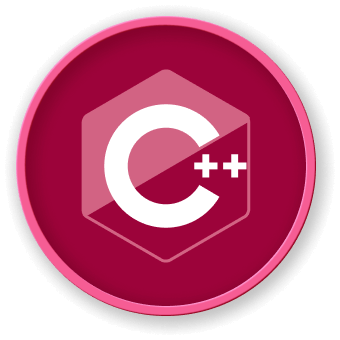Violation Detection
Understanding Memory Access Violations
Memory access violations occur when a program attempts to access memory in an invalid or unauthorized manner. These errors can lead to unpredictable behavior, crashes, and security vulnerabilities.
Types of Memory Access Violations
graph TD
A[Memory Access Violations] --> B[Segmentation Fault]
A --> C[Null Pointer Dereference]
A --> D[Buffer Overflow]
A --> E[Dangling Pointer]
Common Violation Scenarios
| Violation Type |
Description |
Example |
| Segmentation Fault |
Accessing memory that doesn't belong to the process |
Dereferencing freed memory |
| Null Pointer Dereference |
Attempting to use a null pointer |
int* ptr = nullptr; *ptr = 10; |
| Buffer Overflow |
Writing beyond allocated memory |
Overwriting array bounds |
| Dangling Pointer |
Using a pointer to deallocated memory |
Using a pointer after delete |
Detection Techniques
1. Compiler Warnings
#include <iostream>
int main() {
// Potential null pointer dereference
int* ptr = nullptr;
// Compiler will generate a warning
*ptr = 42; // Dangerous operation
return 0;
}
## Install clang static analyzer
sudo apt-get install clang
## Analyze C++ code
scan-build g++ -c your_code.cpp
## Using Valgrind for memory error detection
sudo apt-get install valgrind
## Run your program with memory check
valgrind ./your_program
Advanced Detection Strategies
- Address Sanitizer (ASan)
- Memory Sanitizer
- Undefined Behavior Sanitizer
Compilation with Sanitizers
## Compile with Address Sanitizer
g++ -fsanitize=address -g your_code.cpp -o your_program
Practical Example of Violation Detection
#include <vector>
void demonstrateViolation() {
std::vector<int> vec = {1, 2, 3};
// Accessing out-of-bounds index
int value = vec[10]; // Potential access violation
}
LabEx Recommendation
In the LabEx learning environment, students can practice detecting and resolving memory access violations through interactive coding exercises and real-world scenarios.
Best Practices
- Always check pointer validity
- Use smart pointers
- Implement proper memory management
- Utilize static and dynamic analysis tools




